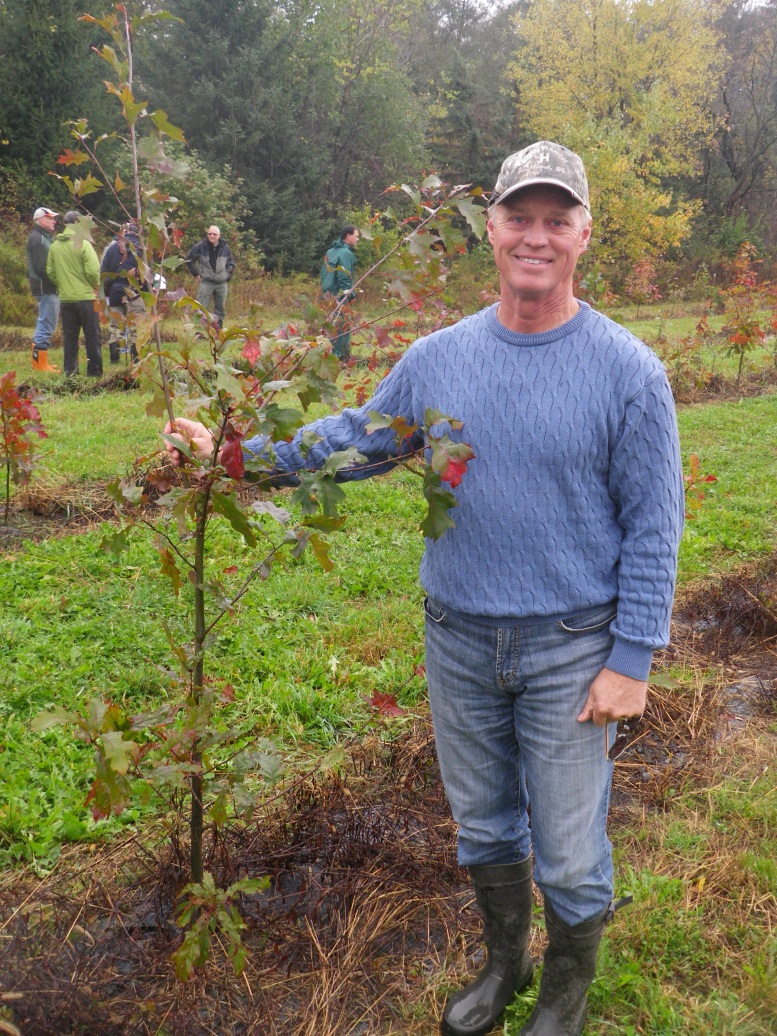The government of Ontario’s 50 Million Tree Program was established in 2007 to re-green settled landscapes, with a pledge to plant 50 million trees across the province by 2025. The primary purpose of the program is to sequester approximately 6.6 million tonnes of carbon dioxide by 2050, helping southern Ontario’s forests withstand the effects of climate change. Other benefits include improving wildlife habitat, contributing to soil and water conservation efforts, moderating local climate and increasing local economic opportunities.
The 50 Million Tree Program is led by Trees Ontario, the forest-restoration arm of Forests Ontario. The program provides landowners with financial support to offset the costs of planting trees on their property. Forests Ontario’s partners carry out site assessments, select appropriate tree species, acquire seedlings to be planted, manage vegetation and coordinate planting, minimizing landowner cost and effort.
The program has several guidelines, for example, requiring that landowners commit to protecting the trees for 15 years. Tree species selected are either native to the area, or, are one of a very few non-native species that are known to be non-invasive and are allowed as exceptions. Nursery stock is produced from locally adapted and source identified seed, and a seed “chain of custody” is maintained so that future managers can track the seed origin of new developing forests. Establishment of new forests with site appropriate levels of species diversity is encouraged.
Landowner Phil Holst has taken advantage of the program, with 1,800 seedlings established at his property near Woodstock and another 10,500 seedlings established at a property near the Town of Durham. The 2010 treatment at the Woodstock site was unique in that it is the location of one of five assisted migration trial sites established under the program in cooperation with the Ontario Ministry of Natural Resources and Forestry, Natural Resources Canada, the Forest Gene Conservation Association, and Conservation Ontario, in this case using red and white oak sourced from Tennessee, Pennsylvania and Ontario. The trial was designed to allow comparison of stock performance from southern sources with that of local populations with respect to climate change effects, and to also be of a sufficient size and genetic quality to have the potential to be managed as future seed production areas. Tree planting on the Durham site was carried out in 2012 and represents a more traditional restoration effort using a combination of white cedar, black cherry, red maple, silver maple, red oak, white pine and white spruce.
“I view myself as a steward as opposed to an owner. I’ve always loved this property and I see our family as the next in a long line of stewards of this land. I just continue on where the previous family left off,” explains Holst.
To date 16.8 million trees have been planted on approximately 2,500 different properties across Ontario. Over 9,100 hectares of new forest have been established by close to 80 partners including conservation authorities, forestry consultants and local stewardship councils.
Figure 1. Phil Holst at the Red Oak Assisted Migration Trial.

